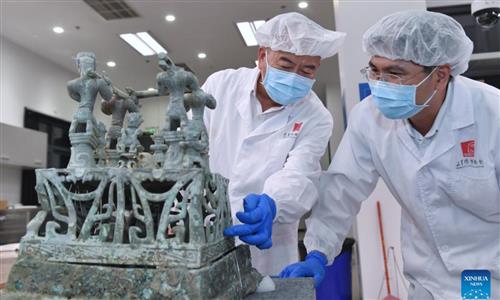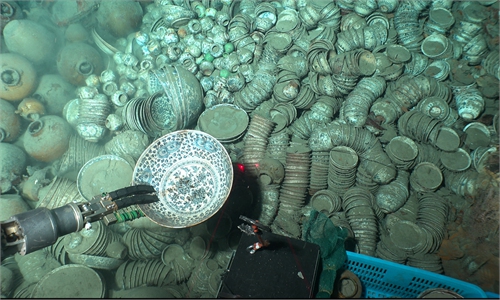ARTS / CULTURE & LEISURE
Foward-facing preservation
Editor's Note:
China is home to 59 World Heritage Sites and 44 intangible cultural heritages recognized by UNESCO. These treasures embody the essence of China's millennia-old civilization and cultural identity of the Chinese nation, serving as the spiritual bond that unites the country's diverse ethnic groups. As the national two sessions are ongoing, some NPC deputies and CPPCC National Committee members have shared with the Global Times their proposals and suggestions on safeguarding and promoting excellent traditional Chinese culture, highlighting their commitment to cultural heritage protection and vision for cultural development in the new era.
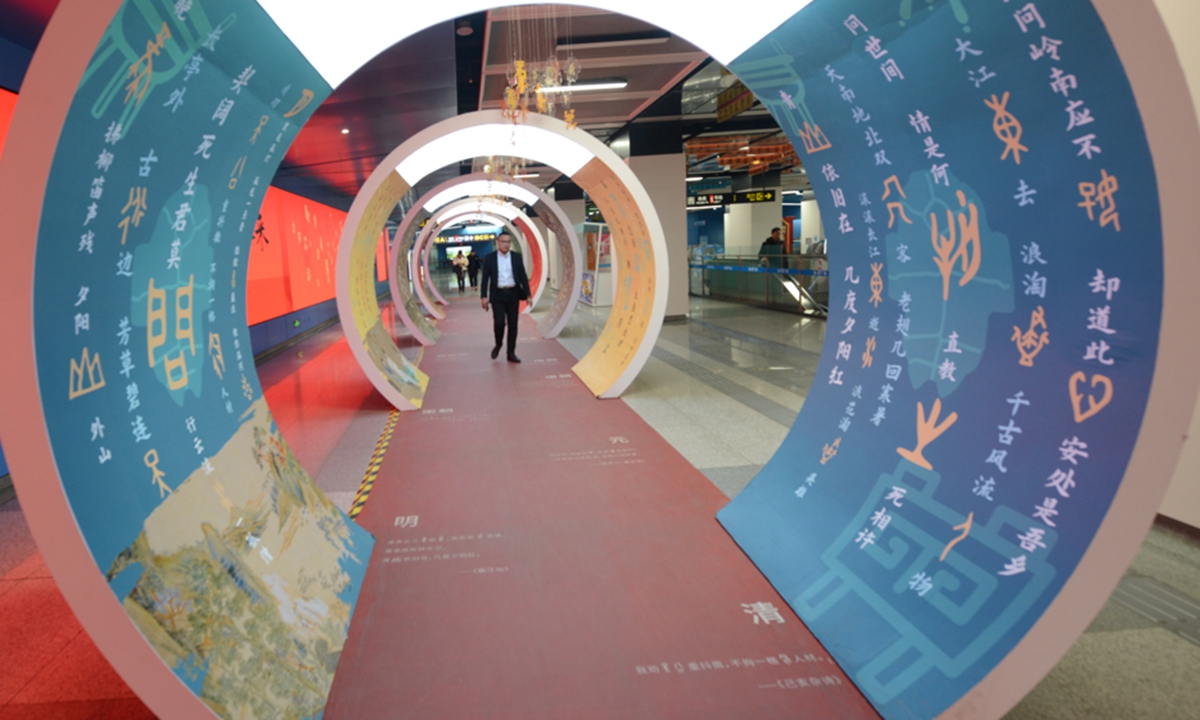
He Yuling, a deputy to the National People's Congress (NPC), China's top legislature, and deputy director of the Yinxu Museum in Anyang, Central China's Henan Province, has suggested that Chinese universities cultivate archaeology talent with global competencies to amplify China's academic influence worldwide.
He emphasized that while China has established joint archaeology projects with many countries, including Egypt, Honduras, Uzbekistan and more, linguistic barriers and a lack of in-depth cross-cultural studies have hindered substantive collaboration.
"The global archaeology community needs China's voice, but our pool of internationally adept professionals remains insufficient," he told the Global Times.
To address this problem, he recommends the establishment of interdisciplinary programs combining language training, overseas field internships and credit recognition systems, citing Western universities' established models for international archaeological fieldwork.
He also noted that many countries in Europe and the US have established cooperative archaeological research projects abroad, which are worth learning from.
He emphasized that to enhance the influence and discourse power of Chinese archaeology in the international archaeological community, it is necessary to build an archaeology field with "Chinese characteristics, style and spirit." This will enable archaeology to become an important carrier and means for Chinese culture to "go global."
"Our goal isn't merely to 'teach' others, but to engage directly with diverse civilizations through hands-on excavation and comparative analysis - moving beyond textbook knowledge," he explained.
Parallel to global engagement, He championed the accelerated digitization of oracle bone inscriptions, a cornerstone of China's Bronze Age heritage.
As the world's largest repository of oracle bones, Yinxu, a UNESCO World Heritage Site, has yielded more than 160,000 fragments, many of which are now scattered across global institutions, complicating research.
According to He, the current construction of the oracle bone digitization project has made some progress. A website for the digitization of oracle bone inscriptions has been established by local cultural institutions in Anyang, and the team members regularly update the digital database for oracle bone inscriptions. This not only meets the needs of researchers but also allows the public to interact with the cultural relics and oracle bones more conveniently.
However, He warned against fragmented efforts.
"Disjointed digitization by separate institutions leads to duplicated work and inconsistent standards," he noted, advocating for a unified national database to centralize resources.
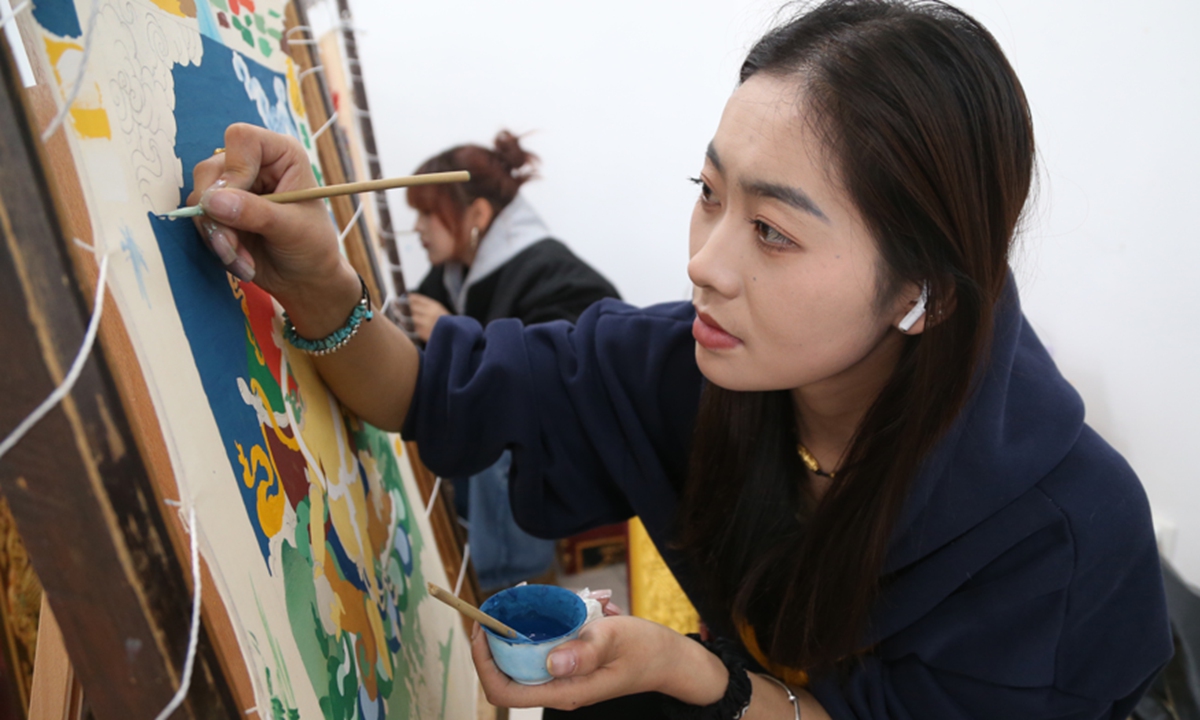
Xu Zerong, an NPC deputy, has proposed strengthening support and encouragement at the national level for the cultivation of traditional craftsmanship talent, the development of platforms, and intellectual property protection to address the talent gap among China's intangible cultural heritage artisans.
"Traditional craftsmanship in intangible cultural heritage is an essential part of Chinese culture. We need to explore innovative approaches to revitalize these skills and allow them to shine even brighter in the modern era," Xu, who is also a national senior arts and crafts master for ceramics, told the Global Times.
According to the State Council, China has a total of 1,557 national-level representative intangible cultural heritage projects. Among the 10 major categories of national-level intangible cultural heritage, traditional craftsmanship stands out with 629 designated projects.
Xu has observed that while traditional craftsmanship enjoys strong national support, some crafts still lack sufficient industrialization, and public awareness remains limited, leading to an aging generation of inheritors with very few young successors to carry the traditions on.
"A student learning a craft must invest a great deal of materials, money and time, yet there is no guarantee they will master the skills in the end. This remains one of the most pressing challenges in passing down traditional craftsmanship," he said.
Xu called for the establishment of an integrated rural arts and crafts industry chain, advocating for the long-term residency of artists in local communities to not only support the preservation of traditional crafts but also contribute to talent cultivation.
Using ceramic art as an example, Xu suggested the establishment of local ceramic art education and research centers where students can learn about the history of Chinese ceramics, participate in the creative process, and produce their first handmade piece - an experience that helps carry forward Chinese cultural heritage.
He pointed out that for many young people, traditional crafts like porcelain-making remain mysterious and difficult to access, which discourages them from learning and passing down these skills.
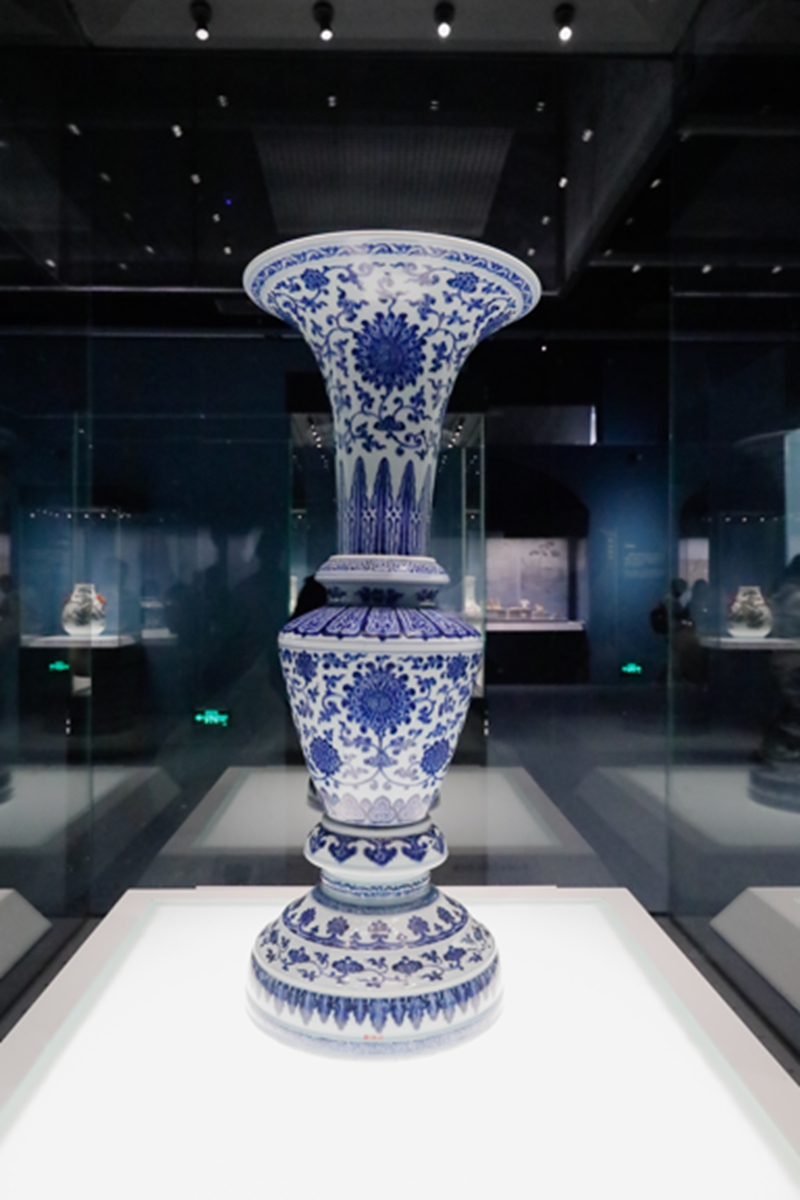
"Ceramic craftsmanship itself is inherently captivating - just like how many children naturally love playing with clay," Xu said. "By amplifying and promoting the most interesting and engaging aspects of ceramics, we can attract a broad audience. "
For Xu, preserving traditional craftsmanship is not just about safeguarding skills but about maintaining a vital cultural link between the past and the future. By fostering innovation and engaging younger generations, these crafts can transcend time, becoming an embodiment of China's enduring cultural legacy.
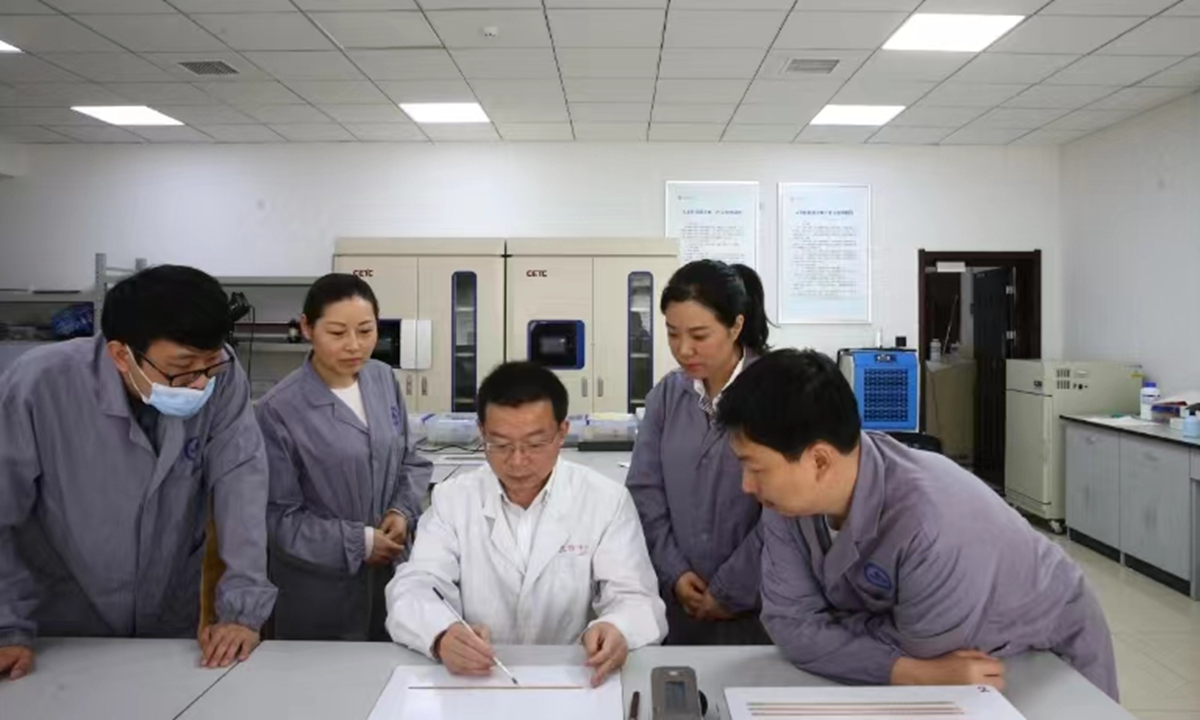
As one of China's most experienced conservators of ancient bamboo and wooden slips, known as jiandu in Chinese, Fang Beisong, a cultural relics expert who is also an NPC deputy, has recommended "updating relic restoration" at the annual "two sessions."
Addressing his proposal, Fang told the Global Times that he encourages the development of methods and technological equipment to restore cultural relics. He is particularly focused on the "innovation of information extracting equipment" to process the content of jiandu.
"Information extraction tools allow us to understand the content of jiandu. The device is like a scanner that boasts capabilities such as infrared imaging," Fang said.
Prior to Fang's proposal, similar devices have actually been used by jiandu experts, but most of the existing ones face the dilemma of staying updated since "the majority were imported and are about to be discontinued."
Yet, relying on China's digital innovation, a new generation of restoration technologies such as "micro-trace extraction" and "AI image processing technologies" have emerged in recent years. They help experts like Fang extract information from relics such as the Stele of the Great Wall and ancient books that have decayed beyond recognition by human eyes.
"Advanced restoration tools do not just allow us to 'read' information, but also allow us to decode the cultural history of China hidden in these relics," Fang emphasized.
Spending more than 34 years safeguarding cultural relics, Fang, also head of the Jingzhou Cultural Relics Preservation Center in Central China's Hubei Province, has gained deeper insight into conserving unearthed artifacts, as well as how regional cultural heritage items can be strategically revitalized through cultural efforts such as the establishment of archaeological parks.
The local cultural heritage has inspired Fang to make another proposal, within which he suggested official departments such as the National Cultural Heritage Administration (NCHA) to provide more financial and policy support for building an archaeological site park at the Chu Jinan Ancient City site.
Although Fang's proposal focuses on the site in Jingzhou, his suggestion to promote "archaeological site parks" has become a concept widely adopted across the country.
More than 55 national archaeological site parks have already been built. In 2024, the NCHA listed the construction of archaeological site parks as a key work priority. This means focusing on the construction of the fifth batch of national archaeological site parks and further fostering the development of important sites such as the Taosi archaeological site parks.
"Promoting the construction of an archaeological site park is a step toward historical revitalization in a region," said Fang.

Yang Yuni, a member of the 14th National Committee of the CPPCC, is also a member of the Hani ethnic group in Southwest China's Yunnan Province. She has dedicated herself to revitalizing and modernizing the cultural heritage of the Hani ethnic group, with a particular focus on safeguarding and revitalizing the cultural heritage of the group.
"As I delved deeper into these cultural heritages, I was deeply captivated by their unique charm. At the same time, seeing some valuable traditional cultures facing challenges in inheritance further strengthened my resolve to protect and pass them on," Yang told the Global Times.
Since becoming a CPPCC National Committee member in 2023, Yang has prioritized cultural preservation, conducting extensive field research and gathering opinions from farmers, teachers, cultural inheritors and local youth. Her proposals for this year's "two sessions" outline a four-pronged strategy to safeguard Hani culture while integrating it into broader economic and educational frameworks.
Yang's proposal focuses on creating a comprehensive cultural preservation system that blends research, education, and creative innovation. She calls for establishing a professional research and documentation mechanism to build a cultural database covering farming rituals, festivals, traditional crafts, architecture and music, thereby making these materials available for both academic study and public education.
During a cultural exchange visit to the US, Yang observed that many audiences were fascinated by the Hani people's ecological wisdom, craftsmanship and dance traditions. However, she found that cross-cultural communication still faces challenges from language and cultural differences, requiring more international and modern forms of expression.
To close the generational gap, Yang advocates integrating Hani culture into local school curriculums and creating dedicated training funds to cultivate more young cultural inheritors. By fostering pride and a sense of identity from an early age, the goal is to transform cultural preservation into grassroots, community-driven efforts.
"I believe that young people will become a driving force in the preservation and development of cultural heritage, allowing these precious cultural treasures to shine even brighter in the modern era," she said.
Therefore, Yang has also highlighted the importance of leveraging technology and creative storytelling to make Hani culture more accessible to younger audiences. She proposes developing digital platforms featuring short videos, immersive AR/VR experiences, and interactive cultural festivals that can attract both domestic and international attention.
Meanwhile, Yang stresses the importance of cultural and economic integration. She proposes developing a model cultural tourism zone and intangible cultural heritage experience hubs, where visitors can participate in traditional practices while generating economic value for local communities.
China is home to 59 World Heritage Sites and 44 intangible cultural heritages recognized by UNESCO. These treasures embody the essence of China's millennia-old civilization and cultural identity of the Chinese nation, serving as the spiritual bond that unites the country's diverse ethnic groups. As the national two sessions are ongoing, some NPC deputies and CPPCC National Committee members have shared with the Global Times their proposals and suggestions on safeguarding and promoting excellent traditional Chinese culture, highlighting their commitment to cultural heritage protection and vision for cultural development in the new era.

Passengers pass through the "Oracle Bone Inscriptions Exhibition Tunnel" at a subway station in Zhengzhou, Henan Province. Photo: VCG
Cultivating globalized archaeology professionalsHe Yuling, a deputy to the National People's Congress (NPC), China's top legislature, and deputy director of the Yinxu Museum in Anyang, Central China's Henan Province, has suggested that Chinese universities cultivate archaeology talent with global competencies to amplify China's academic influence worldwide.
He emphasized that while China has established joint archaeology projects with many countries, including Egypt, Honduras, Uzbekistan and more, linguistic barriers and a lack of in-depth cross-cultural studies have hindered substantive collaboration.
"The global archaeology community needs China's voice, but our pool of internationally adept professionals remains insufficient," he told the Global Times.
To address this problem, he recommends the establishment of interdisciplinary programs combining language training, overseas field internships and credit recognition systems, citing Western universities' established models for international archaeological fieldwork.
He also noted that many countries in Europe and the US have established cooperative archaeological research projects abroad, which are worth learning from.
He emphasized that to enhance the influence and discourse power of Chinese archaeology in the international archaeological community, it is necessary to build an archaeology field with "Chinese characteristics, style and spirit." This will enable archaeology to become an important carrier and means for Chinese culture to "go global."
"Our goal isn't merely to 'teach' others, but to engage directly with diverse civilizations through hands-on excavation and comparative analysis - moving beyond textbook knowledge," he explained.
Parallel to global engagement, He championed the accelerated digitization of oracle bone inscriptions, a cornerstone of China's Bronze Age heritage.
As the world's largest repository of oracle bones, Yinxu, a UNESCO World Heritage Site, has yielded more than 160,000 fragments, many of which are now scattered across global institutions, complicating research.
According to He, the current construction of the oracle bone digitization project has made some progress. A website for the digitization of oracle bone inscriptions has been established by local cultural institutions in Anyang, and the team members regularly update the digital database for oracle bone inscriptions. This not only meets the needs of researchers but also allows the public to interact with the cultural relics and oracle bones more conveniently.
However, He warned against fragmented efforts.
"Disjointed digitization by separate institutions leads to duplicated work and inconsistent standards," he noted, advocating for a unified national database to centralize resources.

Students learn Thangka painting techniques at a university in Xining, Qinghai Province. Photo: VCG
Strengthening support for traditional craftsmanship talentXu Zerong, an NPC deputy, has proposed strengthening support and encouragement at the national level for the cultivation of traditional craftsmanship talent, the development of platforms, and intellectual property protection to address the talent gap among China's intangible cultural heritage artisans.
"Traditional craftsmanship in intangible cultural heritage is an essential part of Chinese culture. We need to explore innovative approaches to revitalize these skills and allow them to shine even brighter in the modern era," Xu, who is also a national senior arts and crafts master for ceramics, told the Global Times.
According to the State Council, China has a total of 1,557 national-level representative intangible cultural heritage projects. Among the 10 major categories of national-level intangible cultural heritage, traditional craftsmanship stands out with 629 designated projects.
Xu has observed that while traditional craftsmanship enjoys strong national support, some crafts still lack sufficient industrialization, and public awareness remains limited, leading to an aging generation of inheritors with very few young successors to carry the traditions on.
"A student learning a craft must invest a great deal of materials, money and time, yet there is no guarantee they will master the skills in the end. This remains one of the most pressing challenges in passing down traditional craftsmanship," he said.
Xu called for the establishment of an integrated rural arts and crafts industry chain, advocating for the long-term residency of artists in local communities to not only support the preservation of traditional crafts but also contribute to talent cultivation.
Using ceramic art as an example, Xu suggested the establishment of local ceramic art education and research centers where students can learn about the history of Chinese ceramics, participate in the creative process, and produce their first handmade piece - an experience that helps carry forward Chinese cultural heritage.
He pointed out that for many young people, traditional crafts like porcelain-making remain mysterious and difficult to access, which discourages them from learning and passing down these skills.

A Qing Dynasty (1644-1911) blue and white porcelain vase, from the collection of the National Museum of China in Beijing Photo: VCG
To spark young people's interest in traditional craftsmanship in intangible cultural heritage, Xu advocates for leveraging new media to enhance the visibility and interactivity of crafts like ceramic artistry."Ceramic craftsmanship itself is inherently captivating - just like how many children naturally love playing with clay," Xu said. "By amplifying and promoting the most interesting and engaging aspects of ceramics, we can attract a broad audience. "
For Xu, preserving traditional craftsmanship is not just about safeguarding skills but about maintaining a vital cultural link between the past and the future. By fostering innovation and engaging younger generations, these crafts can transcend time, becoming an embodiment of China's enduring cultural legacy.

Photo: Courtesy of Fang Beisong
Updating relic restoration, building archaeological parksAs one of China's most experienced conservators of ancient bamboo and wooden slips, known as jiandu in Chinese, Fang Beisong, a cultural relics expert who is also an NPC deputy, has recommended "updating relic restoration" at the annual "two sessions."
Addressing his proposal, Fang told the Global Times that he encourages the development of methods and technological equipment to restore cultural relics. He is particularly focused on the "innovation of information extracting equipment" to process the content of jiandu.
"Information extraction tools allow us to understand the content of jiandu. The device is like a scanner that boasts capabilities such as infrared imaging," Fang said.
Prior to Fang's proposal, similar devices have actually been used by jiandu experts, but most of the existing ones face the dilemma of staying updated since "the majority were imported and are about to be discontinued."
Yet, relying on China's digital innovation, a new generation of restoration technologies such as "micro-trace extraction" and "AI image processing technologies" have emerged in recent years. They help experts like Fang extract information from relics such as the Stele of the Great Wall and ancient books that have decayed beyond recognition by human eyes.
"Advanced restoration tools do not just allow us to 'read' information, but also allow us to decode the cultural history of China hidden in these relics," Fang emphasized.
Spending more than 34 years safeguarding cultural relics, Fang, also head of the Jingzhou Cultural Relics Preservation Center in Central China's Hubei Province, has gained deeper insight into conserving unearthed artifacts, as well as how regional cultural heritage items can be strategically revitalized through cultural efforts such as the establishment of archaeological parks.
The local cultural heritage has inspired Fang to make another proposal, within which he suggested official departments such as the National Cultural Heritage Administration (NCHA) to provide more financial and policy support for building an archaeological site park at the Chu Jinan Ancient City site.
Although Fang's proposal focuses on the site in Jingzhou, his suggestion to promote "archaeological site parks" has become a concept widely adopted across the country.
More than 55 national archaeological site parks have already been built. In 2024, the NCHA listed the construction of archaeological site parks as a key work priority. This means focusing on the construction of the fifth batch of national archaeological site parks and further fostering the development of important sites such as the Taosi archaeological site parks.
"Promoting the construction of an archaeological site park is a step toward historical revitalization in a region," said Fang.

Hani terraced fields in the Honghe Hani and Yi autonomous prefecture, Yunnan Province Photo: VCG
Reviving Hani heritage by building education and tourism hubsYang Yuni, a member of the 14th National Committee of the CPPCC, is also a member of the Hani ethnic group in Southwest China's Yunnan Province. She has dedicated herself to revitalizing and modernizing the cultural heritage of the Hani ethnic group, with a particular focus on safeguarding and revitalizing the cultural heritage of the group.
"As I delved deeper into these cultural heritages, I was deeply captivated by their unique charm. At the same time, seeing some valuable traditional cultures facing challenges in inheritance further strengthened my resolve to protect and pass them on," Yang told the Global Times.
Since becoming a CPPCC National Committee member in 2023, Yang has prioritized cultural preservation, conducting extensive field research and gathering opinions from farmers, teachers, cultural inheritors and local youth. Her proposals for this year's "two sessions" outline a four-pronged strategy to safeguard Hani culture while integrating it into broader economic and educational frameworks.
Yang's proposal focuses on creating a comprehensive cultural preservation system that blends research, education, and creative innovation. She calls for establishing a professional research and documentation mechanism to build a cultural database covering farming rituals, festivals, traditional crafts, architecture and music, thereby making these materials available for both academic study and public education.
During a cultural exchange visit to the US, Yang observed that many audiences were fascinated by the Hani people's ecological wisdom, craftsmanship and dance traditions. However, she found that cross-cultural communication still faces challenges from language and cultural differences, requiring more international and modern forms of expression.
To close the generational gap, Yang advocates integrating Hani culture into local school curriculums and creating dedicated training funds to cultivate more young cultural inheritors. By fostering pride and a sense of identity from an early age, the goal is to transform cultural preservation into grassroots, community-driven efforts.
"I believe that young people will become a driving force in the preservation and development of cultural heritage, allowing these precious cultural treasures to shine even brighter in the modern era," she said.
Therefore, Yang has also highlighted the importance of leveraging technology and creative storytelling to make Hani culture more accessible to younger audiences. She proposes developing digital platforms featuring short videos, immersive AR/VR experiences, and interactive cultural festivals that can attract both domestic and international attention.
Meanwhile, Yang stresses the importance of cultural and economic integration. She proposes developing a model cultural tourism zone and intangible cultural heritage experience hubs, where visitors can participate in traditional practices while generating economic value for local communities.

